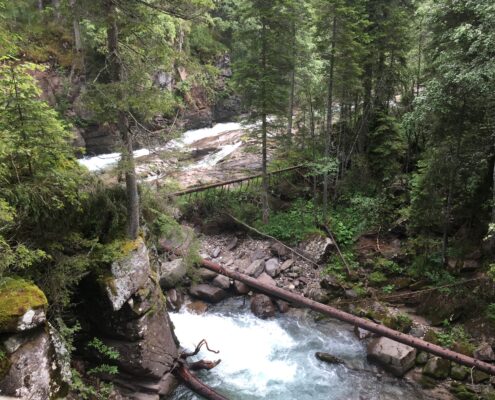 https://greenmarked.it/wp-content/uploads/2024/05/ETV_100VP.jpg
1890
1890
Barbara Centis
https://greenmarked.it/wp-content/uploads/2022/01/LOGO-GREENMARKED-SITO-600x600.png
Barbara Centis2024-05-06 21:55:392024-05-06 23:08:15A Virtuous Example of Combining Tourism and Land Conservation: The Case of Val Poschiavo (Switzerland)
https://greenmarked.it/wp-content/uploads/2024/05/ETV_100VP.jpg
1890
1890
Barbara Centis
https://greenmarked.it/wp-content/uploads/2022/01/LOGO-GREENMARKED-SITO-600x600.png
Barbara Centis2024-05-06 21:55:392024-05-06 23:08:15A Virtuous Example of Combining Tourism and Land Conservation: The Case of Val Poschiavo (Switzerland)December 09, 2022

“Agritourism” means “accommodation and catering activities – linked and complementary to farming operations, which remain the main business activity – carried out by farmers through the use of the farm’s facilities and funds” [1]. Agritourism is therefore a tourism service that targets those who appreciate and look for natural spaces, supplemented by historical, cultural and food and wine attractions. Hence, a real added value to nowadays popular soft tourism.
In Trentino, agritourism is part of the local heritage and has been safeguarded and protected for years in order to obtain a unique tourism concept that aims to offer experiences, not just vacations. The aim is to make tourists feel not like customers but guests of a welcoming family, so that they can discover the rural culture in a simple way. The characteristics of Trentino’s territory and the uniqueness of its farming sector have favored the spread of this form of accommodation, which, in fact, is also an opportunity for farmers to integrate their income. To understand more about the rural culture, one can choose among the 80 agritourism farms in Trentino that carry out educational farm activities.
Agritourism can contrast the decrease of cultivated land, depopulation of mountain areas and the consequent damage to the natural environment and landscape. While the Italian population has grown by about 12 million over the past 60 years, mountain areas have lost about 900,000 people. All the growth has virtually occurred in the plains (8.8 million inhabitants) and hills (about 4 million) [2]. These trends are caused by the overall decline of workers, the aging of the rural population, the closure of many farms (especially livestock farms) in peripheral areas, and the abandonment of areas that are more “difficult” to farm.
Looking at mountain population decline, we must highlight that depopulation has not been uniform all over Italy, and greatly differs from region to region. In Trentino-Alto Adige and Valle d’Aosta not only was there no depopulation, but actually a growth in population over the last 60 years, also in absolute values [2]. The idea was (and still is) that a self-sustaining triangle between mountains, agriculture and the elderly exists. The support and development of agritourism and rural tourism is then a valuable contribution to counteracting this trend.
These are the reasons why, as of November 2022, a total of 525 agritourism facilities – 510 were in 2019 and 498 in 2018 – hosting 368,000 guests were registered in Trentino in 2021. The most staggering figure is the number of agritourists in Trentino in January-September 2022: more than 404,000. Furthermore, there are 150 registered educational farms and 374 agritourism facilities that provide overnight stays, with a total of 5100 available beds.
Currently, the legal framework in force is the Provincial Law Number 1 of October 30, 2019 (Regulation of agritourism and amendments to the Provincial Law on Agritourism of 2001 and the Provincial Law on Business Incentives of 1999) and its Implementing Regulations, which legislate the sector. The major changes concerned the maximum thresholds of agritourism activity and the opening time.
The framework aims to uniform and coordinate activities in order to achieve increasing synergies between guest and host family: a conscious choice to experience an “alternative vacation” on the territory, for the territory.

Fig. 1: Close-up of Maso Besleri agritourism farm in Val di Cembra, Trentino. Photo by Andreas. August 20, 2020.
Related articles:
References:
[1] PAT. (nd). Provincia Autonoma di Trento—Turismo—Agriturismo. http://www.turismo.provincia.tn.it/operatori_ricettivo/agriturismo/
[2] Cerea, G., & Marcantoni, M. (2016). La montagna perduta. Come la pianura ha condizionato lo sviluppo italiano. Franco Angeli Editore.
Cover- and preview image: Agritourism wine farm “Maso Besleri” surrounded by vineyards. Photo by Andreas (Val di Cembra, Trentino. September 06, 2022).










